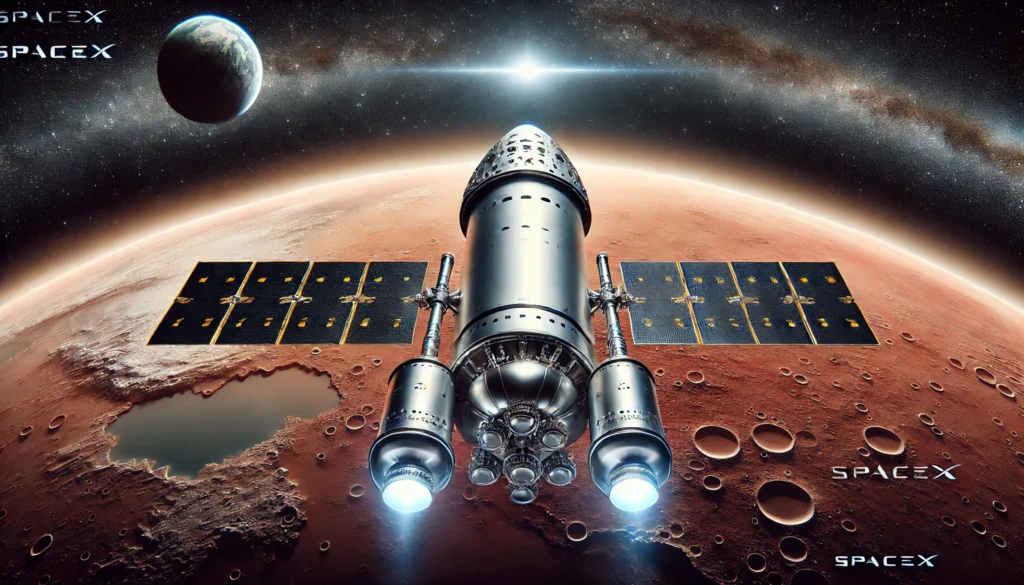If you love gazing at the stars or are simply curious about the night sky, January 2025 brings an exciting event for you which is Six Planets Aligned . For most of this month, six planets will align in the night sky, offering a beautiful view for stargazers. While this isn’t an incredibly rare phenomenon, seeing so many planets together at once is always a special treat.
In this article, we’ll explore what’s happening, how to see the planetary alignment, and why this cosmic event is worth stepping outside for.
What Does “Six Planets Aligned” Mean?
When we say planets are aligned, it doesn’t mean they form a perfect straight line in space. Instead, from Earth’s perspective, the planets appear to line up along a path called the ecliptic. This happens because the planets all orbit the sun on roughly the same flat plane.This January, six planets will be visible in this alignment:
- Venus
- Saturn
- Jupiter
- Mars
- Uranus
- Neptune
Of these, Venus, Saturn, Jupiter, and Mars are bright enough to see with the naked eye. To spot Uranus and Neptune, you’ll need a telescope or binoculars.
How to See the Planetary Alignment in January 2025
The six planets will be visible at various times throughout the evening, so timing and preparation are key. Here’s what to look for:
- Venus and Saturn: After sunset, look toward the southwest. Venus will be the brightest object in the sky, while Saturn will appear nearby. Early in January, they’re close together, but Saturn moves lower on the horizon as the month goes on.
- Jupiter: High in the sky after dark, Jupiter shines brightly and is hard to miss.
- Mars: Mars rises in the east as the night progresses. Its reddish glow makes it stand out from the stars.
- Uranus and Neptune: Use a telescope to locate these dimmer planets. Uranus can be found near Jupiter, and Neptune is closer to Saturn.
Is This Event Rare? : Six Planets Aligned
The term “six planets aligned” might sound extraordinary, but alignments like this are more common than you’d think. What makes this particular event exciting is the chance to see so many bright planets together, creating a dazzling display across the night sky.
Why This Planetary Alignment in January is Special
1. Bright and Easy to Spot: Venus, Jupiter, and Mars are among the brightest objects in the night sky, so you don’t need special equipment to enjoy the show.
2. A Telescope Lover’s Dream: If you have a telescope, this is a great opportunity to catch Uranus and Neptune, which aren’t often easy to find.
3. Educational and Fun: For families or astronomy enthusiasts, this is the perfect moment to learn more about our solar system.
Debunking the “Great Alignment” Myth
If you’ve heard rumors about all eight planets aligning perfectly on January 25, 2025, don’t get your hopes up. While six planets will create a beautiful display in the night sky, the idea of a “great planetary alignment” where all planets line up perfectly on one side of the sun is a myth. Scientifically, this kind of event is nearly impossible.
What you can enjoy, however, is the stunning sight of planets forming a visible arc across the sky, which is still a remarkable cosmic event.
Tips for Enjoying the Planet Parade
To make the most of this celestial event:
1. Check the Weather: A clear, cloud-free night is essential for good visibility.
2. Find a Dark Sky Spot: Avoid city lights for the best experience. Rural or open areas work best.
3. Use a Telescope or Binoculars: If you want to spot Uranus and Neptune, a telescope will be your best friend.
4. Download a Star Map App: Apps like SkyView or Star Walk can help you locate the planets easily.
In Conclusion
Seeing six planets aligned in January 2025 is a chance to marvel at the beauty of our solar system. Whether you’re an experienced stargazer or just enjoy the occasional skywatching, this event offers something for everyone. With a little planning, you can enjoy the sight of Venus, Jupiter, Mars, Saturn, Uranus, and Neptune lighting up the night sky.
Don’t miss this unique opportunity to connect with the universe—step outside, look up, and let the wonders of the cosmos inspire you.
With inputs from EarthSky




